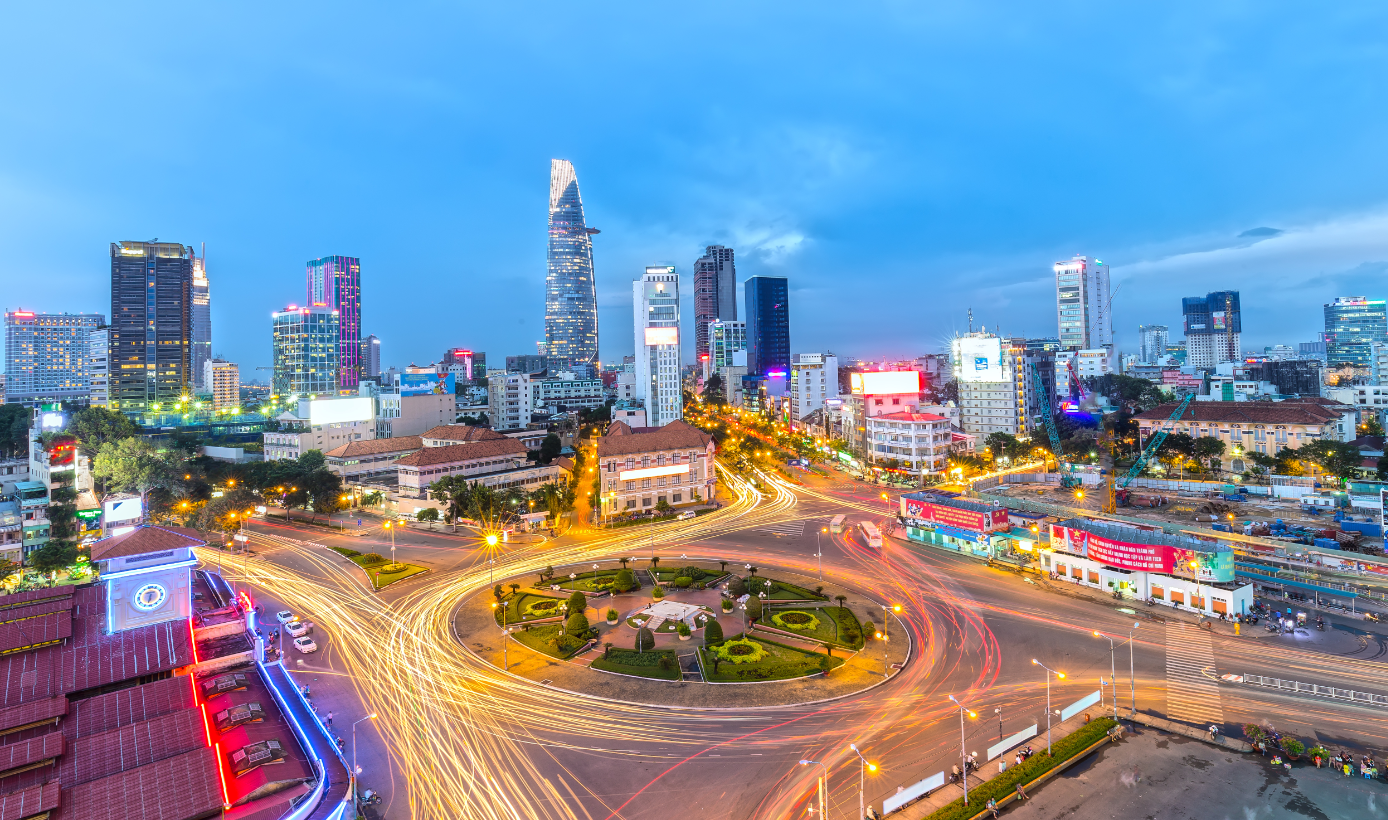
As Vietnam’s leading economic and cultural hub, Ho Chi Minh City continues to transform itself into a modern, smart metropolis. A key component of this transformation is the project to relocate power lines and telecommunications cables underground.
Launched two decades ago with considerable challenges, the project has since yielded impressive results, with hundreds of kilometres of power lines in central districts now laid underground. This effort has contributed to reshaping the city’s urban landscape and improving the quality of life for its residents.
Ben Thanh Market is one of Ho Chi Minh City’s most popular attractions. (Photo: VNA)
The Central Post Office and the Independence Palace are among the city’s iconic landmarks. (Photo: VNA)
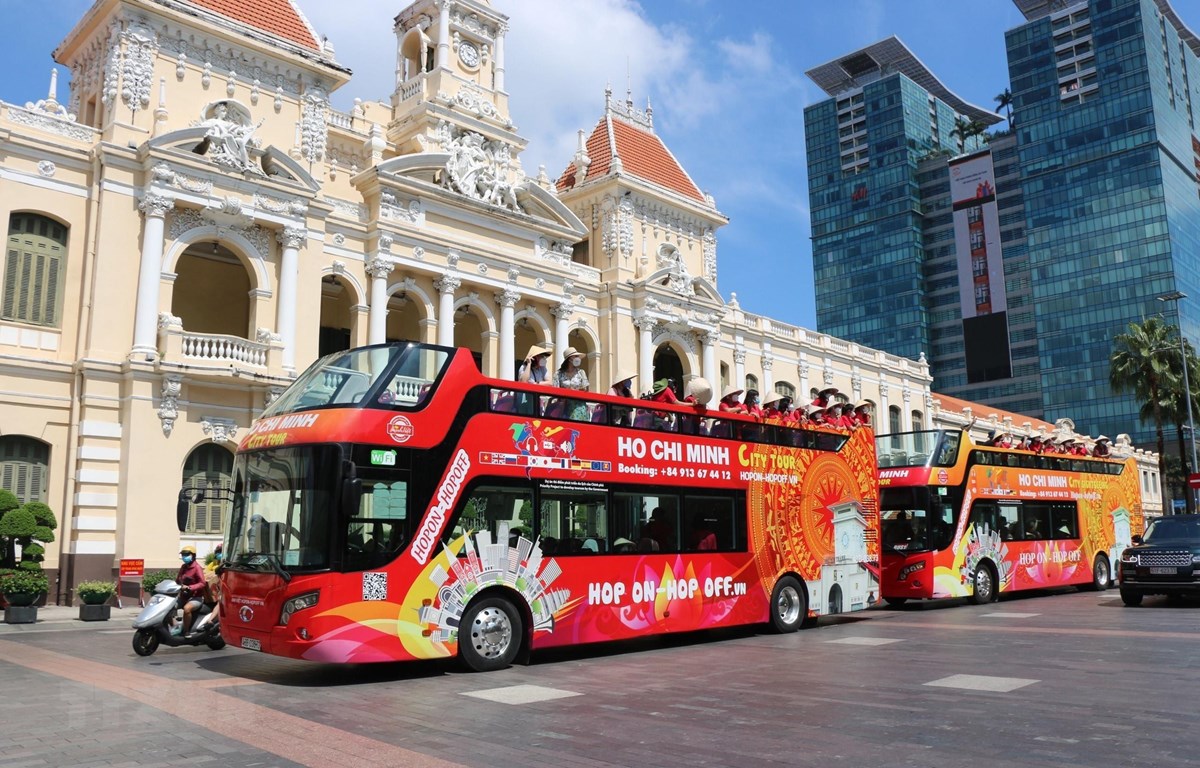
In front of the headquarters of the HCM City People’s Committee. (Photo: VNA)
In the late 1990s, overhead electrical and telecommunications wiring cluttered many city streets, especially in districts 1, 3, 5, 10, Phu Nhuan, and Binh Thanh.
Quach Van Bao, a longtime resident of Nam Ky Khoi Nghia Street in District 1, recalled that the situation worsened as television and internet cables became commonplace in every household. Cables and power lines stretched along roads and alleyways, running from pole to pole, house to house, extending from the city centre to outskirts.
Bao noted that as new houses were built, more wires appeared, creating an increasingly tangled and unsightly mess. Beyond the urban landscape, he added, this situation also posed serious electrical safety risks, including short circuits, fires, power outages, and other unpredictable incidents, especially during the rainy season.
Electricity workers place the power grid underground in HCM City. (Photo: VNA)
Electricity workers place the power grid underground in HCM City. (Photo: Lao Dong Newspaper)
In response to this situation, HCM City launched a policy to place power lines and telecommunications cables underground. Bui Hai Thanh, Deputy General Director of the Ho Chi Minh City Power Corporation (EVNHCMC), said that the project was prioritised within the city’s urban development strategy, aiming to enhance both safety and the city’s landscape panorama.
Power line undergrounding helps create a more civilised, modern urban space
Downtown areas of Ho Chi Minh City along the Saigon River. (Photo: VNA)
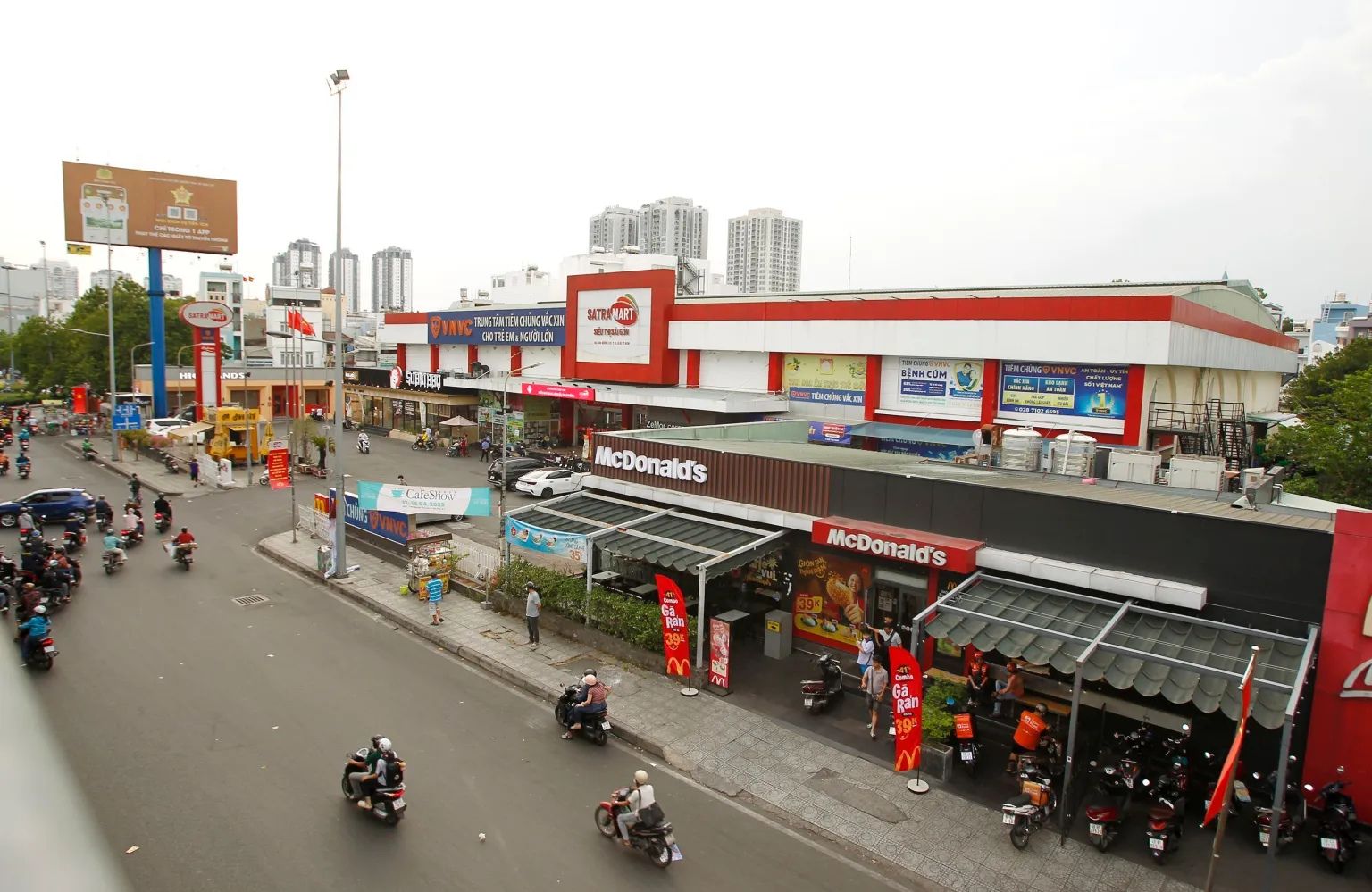
A view of February 3 street (District 10) following the relocation of the power grid.
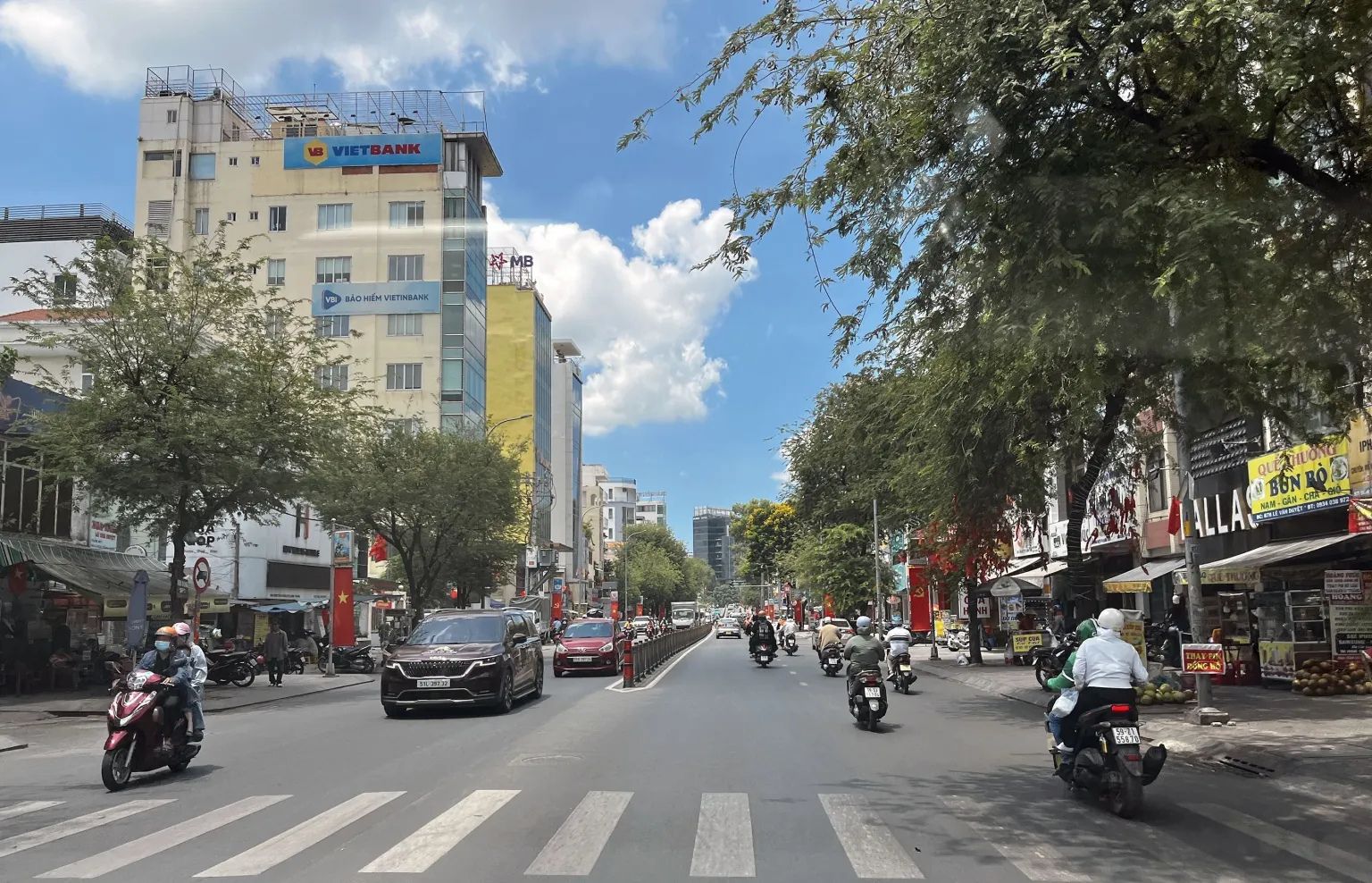
Le Van Duyet street (Binh Thanh district) after underground cable installation.

Headquarters of the HCM City People’s Committee. (Photo: VNA)

Nha Rong Wharf on the Saigon River (Photo: VNA)
Tran Van Hoang, a resident of Ward 11 in Phu Nhuan district, said that after the cables were moved underground, the streets became noticeably cleaner, tidier, and safer, which greatly pleased the local community.
In 2014, the municipal People’s Committee established a dedicated steering committee to oversee the undergrounding effort, focusing on medium- and low-voltage networks while ensuring synchronisation with telecom cable works.
“By the end of 2015, nearly 400km of medium-voltage and 500km of low-voltage lines were successfully buried in Districts 1 and 3.”
Bui Hai Thanh, Deputy General Director of HCM City Power Corporation (EVNHCMC)
EVNHCMC applies information technology to customer service. (Photo: VNA)
Managing and operating the power grid using IT at the city’s Power System Control Centre. (Photo: VNA)
As of late 2020, the city had relocated more than 1,000km of medium-voltage lines, 2,000km of low-voltage lines, and over 3,000km of telecom cables underground. Iconic roads like Nguyen Hue and Le Loi, as well as the Phu My Hung urban area, now feature open, clean, and safe landscapes as a result.
By the end of 2025, HCM City plans to lay underground over 1,500km of medium-voltage lines, 2,500km of low-voltage lines, and nearly 4,000km of telecom cables. Over 70% of the central area’s electrical infrastructure is expected to be underground, giving the city a vastly modernised appearance.
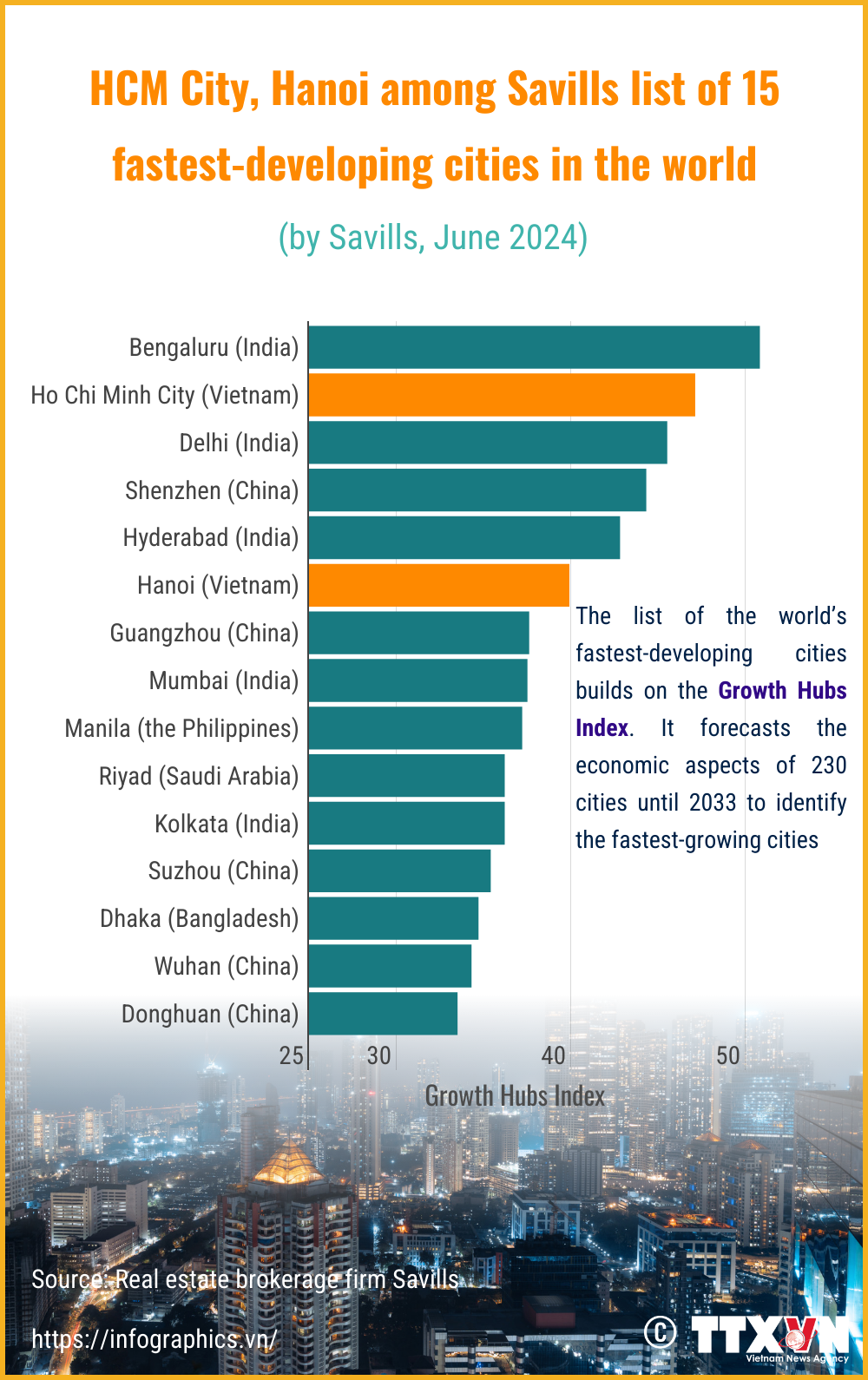
These projects are not just technical efforts, they symbolise the city’s drive for innovation and modernisation.
HCM City continues to integrate undergrounding with broader infrastructure plans as part of its smart, sustainable urban development goals.
Tran Thi Dieu Hien, Chairwoman of the People’s Committee of Ward 11 in Phu Nhuan district, said residents were pleased with the visible benefits.
“Removing overhead wires has created more open space and made the city more attractive to visitors. It also improves public safety, especially in densely populated areas during stormy seasons…”
Tran Thi Dieu Hien, Chairwoman of the People’s Committee of Ward 11 in Phu Nhuan district
Experts from the city’s Electrical Engineering Association noted that underground systems are more stable and less affected by weather, helping reduce outages and service disruptions amid growing demand.
Modern underground infrastructure also lays the foundation for smart city systems, supporting technologies such as intelligent traffic, efficient energy management, smart lighting, urban security, and 5G networks.
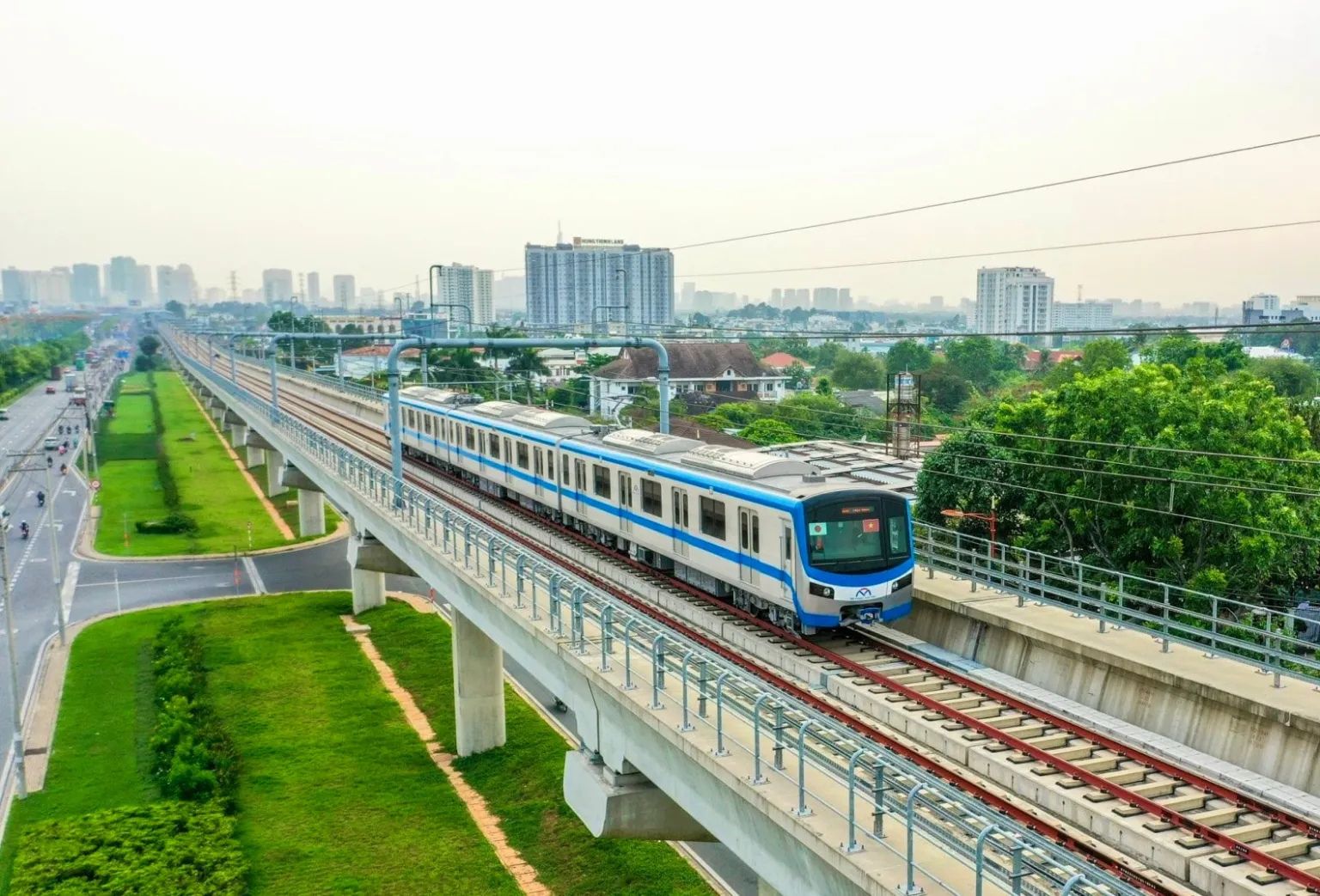
A train of the Ben Thanh – Suoi Tien Metro Line. (Source: Ho Chi Minh City People’s Committee)
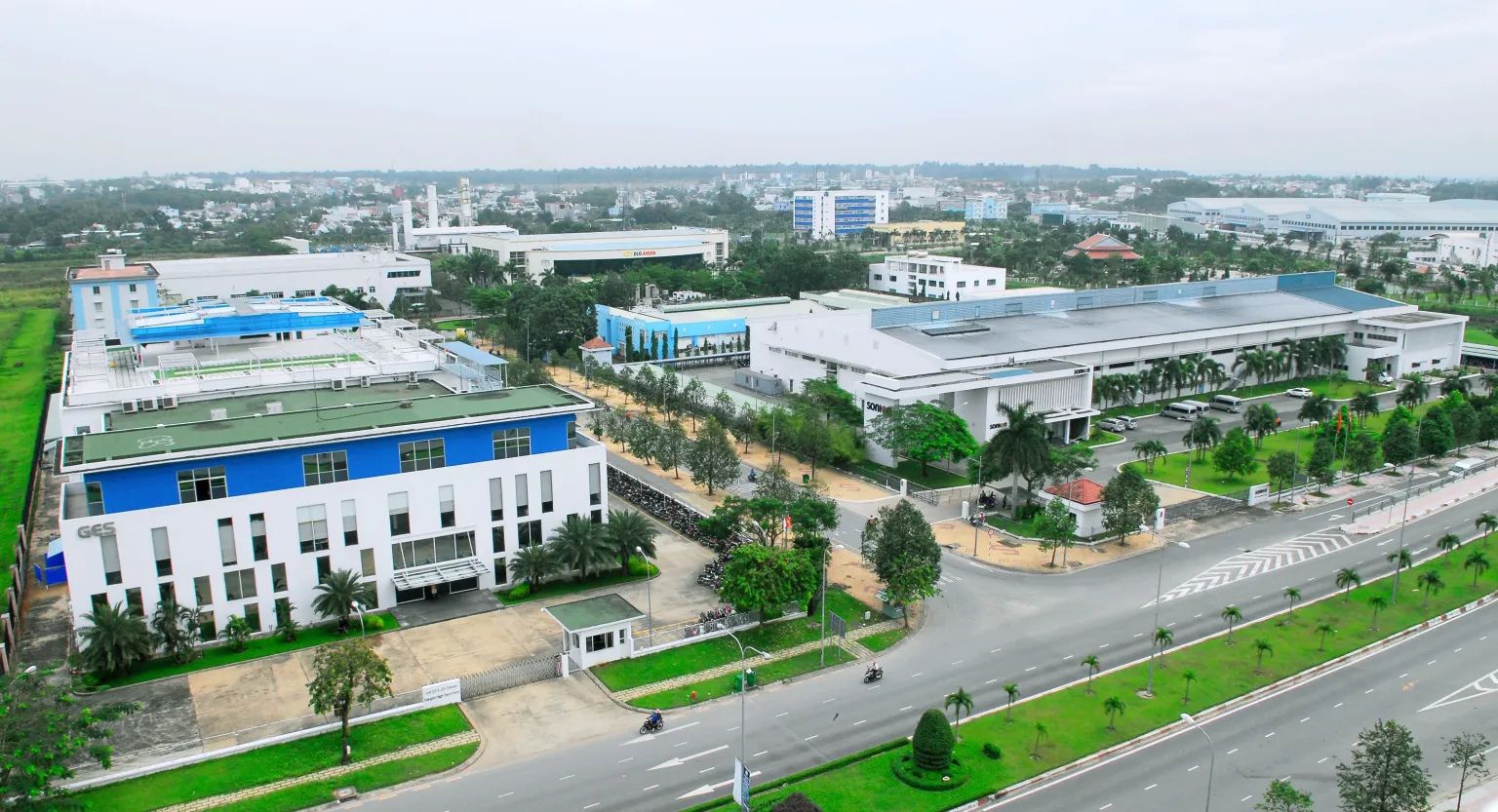
A hi-tech park in District 9 of Ho Chi Minh City (Photo: VNA)
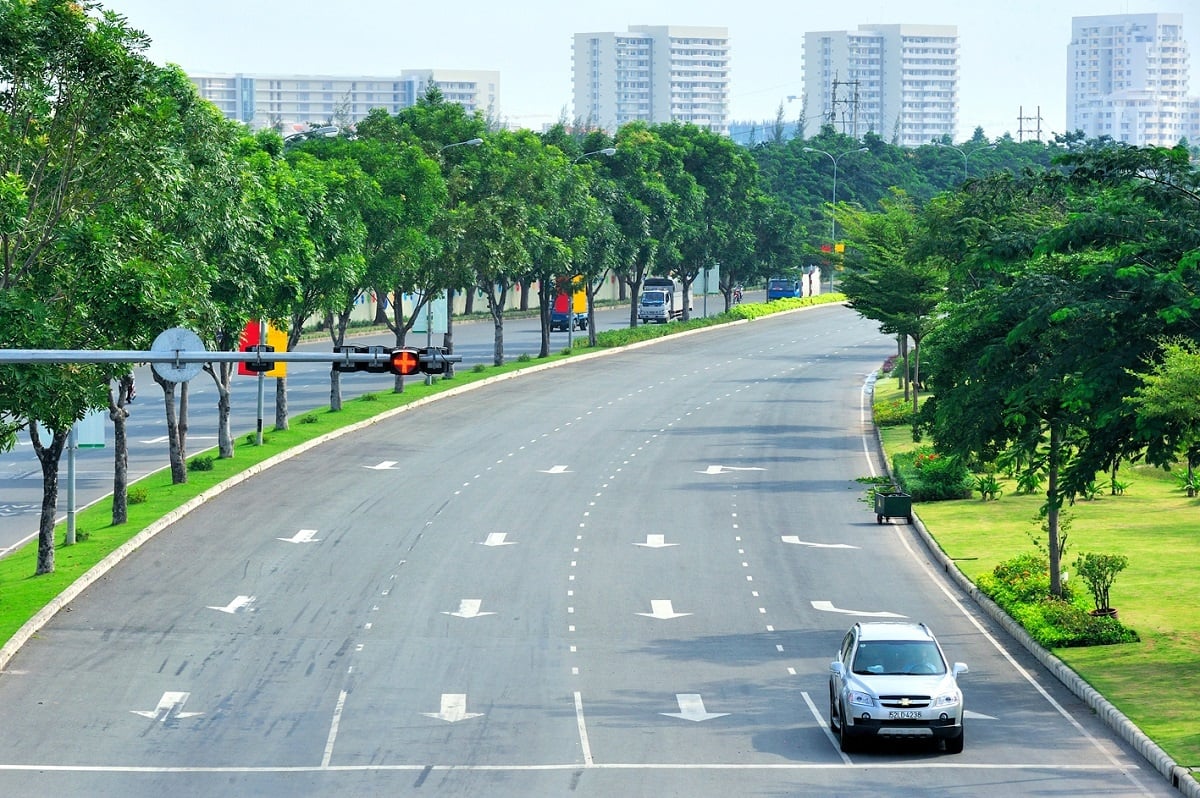
Nguyen Van Linh Boulevard is considered one of the most scenic roads in Ho Chi Minh City. (Source: Blog Rever)
According to the city’s Department of Science and Technology, the undergrounding initiative not only improves the city’s appearance but also significantly boosts the reliability of energy and communications infrastructure.
The city aims to fully bury its electrical network in the central area and new urban zones by 2030, while integrating these efforts with green energy and intelligent management systems to reduce environmental impact and enhance resource efficiency.
Undergrounding the power grid brings a more civilised and modern urban environment to the city.
Vice Chairman of the municipal People’s Committee Vo Van Hoan praised the initiative for enhancing urban aesthetics, operational safety, and power supply capacity, while also improving the living environment and enabling more effective use of public space.
He noted that modern underground infrastructure plays a vital role in data collection and urban governance, as it facilitates the adoption of advanced technologies in areas such as traffic, energy, and environmental management, thereby helping local authorities make timely and informed decisions./.
